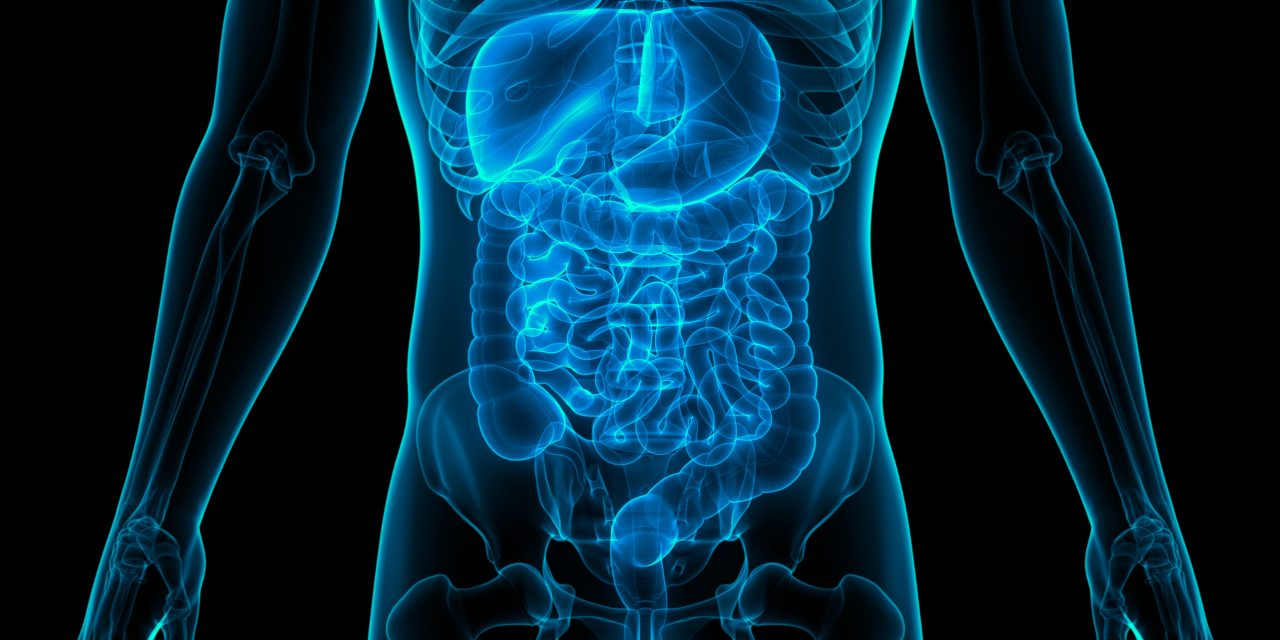This study was designed to estimate the clinical significance of the contrast-enhanced computed tomography (CT) textural features for prediction of survival in colorectal cancer (CRC) patients receiving targeted therapy (bevacizumab and cetuximab).
The LifeX software was used to extract the textural parameters of the tumor lesions in the contrast-enhanced CT. We used the least absolute shrinkage and selection operator (LASSO) Cox regression and random forest method to screen the non-redundant radiomic features and constructed the CT imaging score. Univariate and multivariate analyses through the Cox proportional hazards model were performed to assess the prognostic clinical factor. Based on the result of multivariate analysis and CT imaging score, combined nomogram model was constructed to predict the overall survival (OS) of patients. Decision curves analysis was employed to evaluate the performance of the combined model and clinical model.
After comparative analysis of the area under curve of the receiver operating characteristic (ROC) curve, we chose the result of random forest model as CT imaging score. Considering the clinical practice and the result of analysis, age, surgery, and lactate dehydrogenase (LDH) level have been introduced into clinical model. Based on the result of analysis and the CT imaging score, we constructed the nomogram combined model. C-index and calibration curve verified the goodness of fit and discrimination of the combined model. Decision curve analysis (DCA) demonstrated that the combined model showed the better net benefit for a 3-year OS than clinical model.
In conclusion, the study provides preliminary evidences that several radiomic parameters of tumor lesions derived from CT images were prognostic factors and predictive markers for CRC patients who are candidates for targeted therapy (bevacizumab and cetuximab).
Contrast-Enhanced CT-based Textural Parameters as Potential Prognostic Factors of Survival for Colorectal Cancer Patients Receiving Targeted Therapy.


